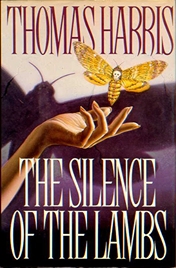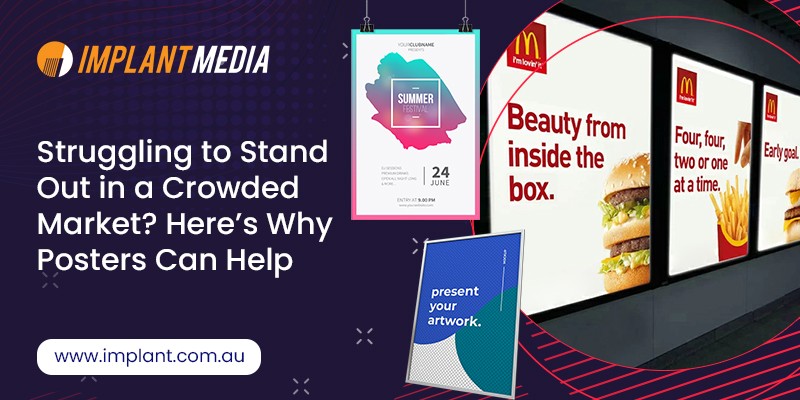Brands and businesses are talking more than ever about the environment. The percentage of ads tested by Kantar LINK with some sort of social or environmental message (SEM) held steady at 2 percent or less from 2010 to 2019....
Brands and businesses are talking more than ever about the environment. The percentage of ads tested by Kantar LINK with some sort of social or environmental message (SEM) held steady at 2 percent or less from 2010 to 2019. From 2020 to 2022, it tripled to 6 percent, and is at 5 percent year-to-date. That small percentage is large for a single theme across tens of thousands of ads for a wide diversity of brands. This parallels other communications trends. For example, the Governance & Accountability Institute reports that 96 percent of Fortune 500 companies now publish reports or disclosures on their sustainability practices, up from just 20 percent in 2011. The Media and Climate Change Observatory, a multi-university consortium, has tracked media coverage of climate issues over the past 19 years across 131 media outlets in 59 countries. Coverage in 2022 was the second highest ever.
Evoking A Reaction
Of the top five emotions evoked by SEM ads, the top three are positive; the next two are negative. It is not surprising that the top emotions are positive. Ads are targeted for specific audiences and thus explicitly composed to resonate positively with the beliefs and values of a group of people. More interesting are the negative emotions of guilt and sadness evoked by SEM ads. These emotions rank almost as high as the positive emotions. Ads are not supposed to trigger negative reactions—no brand wants to be linked to negative emotions. But sustainability is different. There is no way to broach it without a negative element, even as part of an upbeat message about what a brand is doing or offering. And particularly true in the broader context of other communications, like those mentioned above. The rank-order gaps versus ads without SEM underline this unique paradox of sustainability.
Feeling Guilty
The emotion of guilt reminds us that fear of some sort is always a part of SEM ads—the self-reproach and fear of climate change that evokes guilt. When it comes to SEM, there is no way to avoid fear. By definition, worry and fear are part and parcel of it—the environment is part of the message only because it is threatened, and the idea is that people should be fearful enough to make a brand choice on that basis.
The body of research on fear appeals is huge, much of it health-related—smoking cessation, cancer screening, safe sex, etc. Which is different than brands touting the environment as a product solution or for image building. Still, the objective is the same—to motivate behavior. Thus, the same question applies to wit: What is the best way to handle the unavoidable element of fear? Typically, we lean in on inspiration and lean away from fear and guilt. The right answer, though, is more fear.
More Fear
Fear is one of the foundational and most researched topics in persuasion. The literature is vast, but there are definitive (and replicable) results from meta-analyses of this extensive research. Contrary to popular belief, fear appeals work. And the more fear the better. There are no threshold effects or backfire effects. However, to succeed, fear appeals must include an action plan or ‘efficacy statement’. Plus, fear appeals mostly work for one-time actions not repeated behaviors. Obviously, buying the brand should be the plan, but this must have a clear, direct tie to efficacy, not just name-drop a cause.
Most of all, people must feel a high degree of susceptibility and severity. In short, a personal sense of risk. Reminding people of a general threat is no motivation. So, what’s needed is more fear—of the right sort—not more positive vibes. Only that will turn inspiration into action.
Contributed to Branding Strategy Insider By: Walker Smith, Chief Knowledge Officer, Brand & Marketing at Kantar
The Blake Project Can Help You Craft A Brand Advantage In The Strategic Brand Storytelling Workshop
Branding Strategy Insider is a service of The Blake Project: A strategic brand consultancy specializing in Brand Research, Brand Strategy, Brand Growth and Brand Education
FREE Publications And Resources For Marketers
















